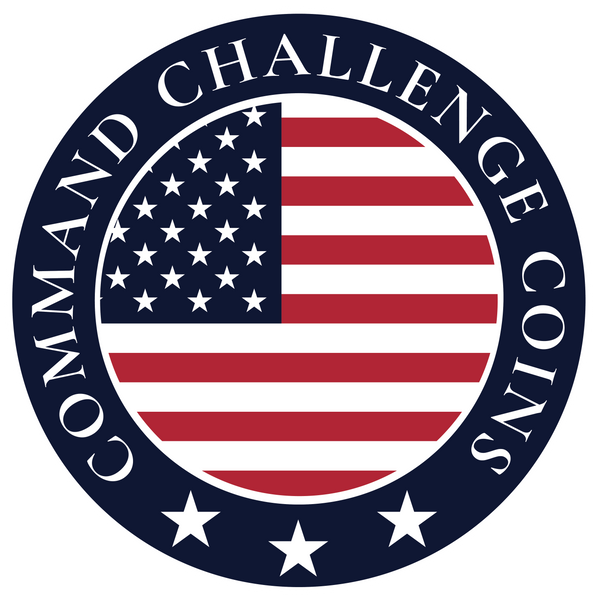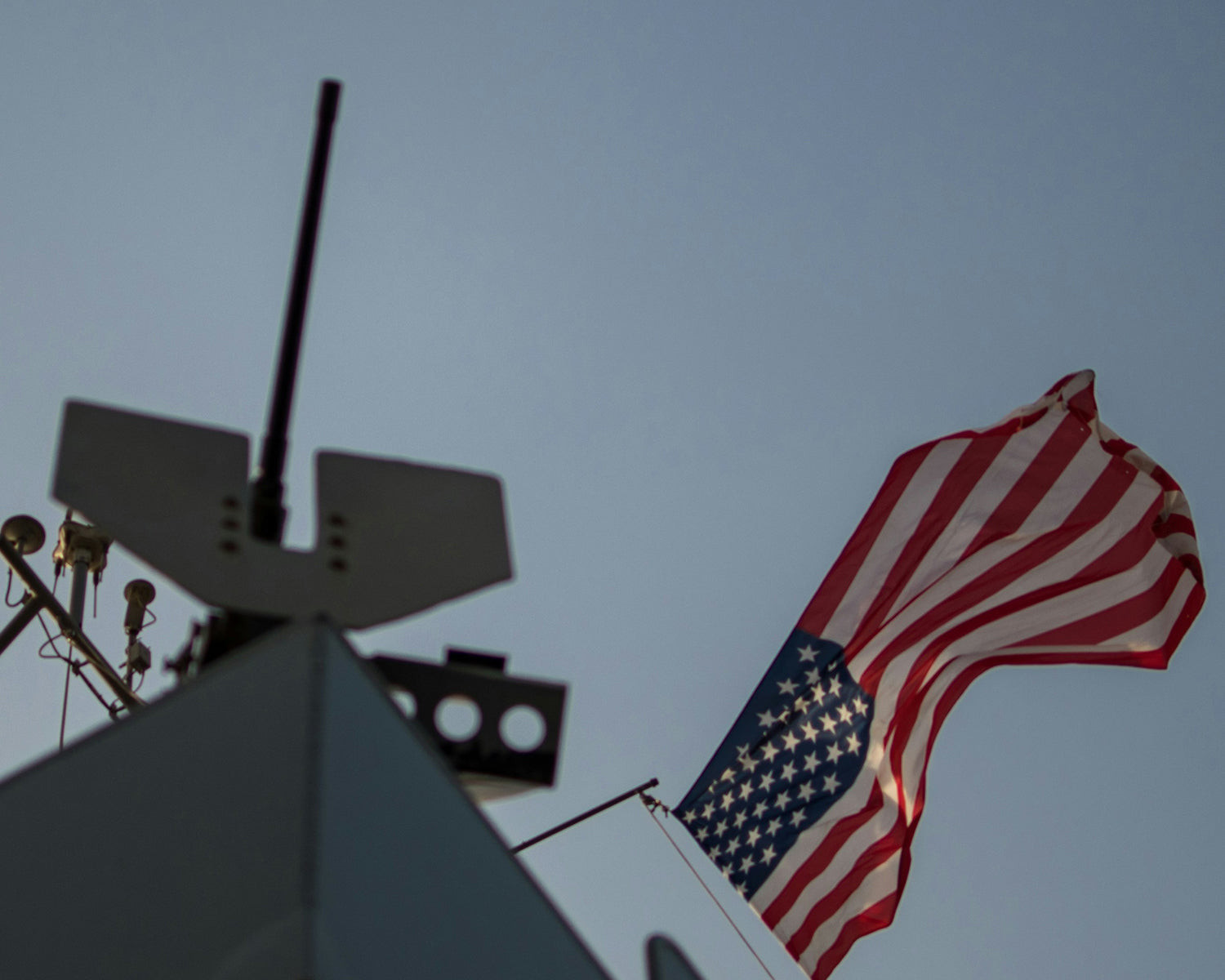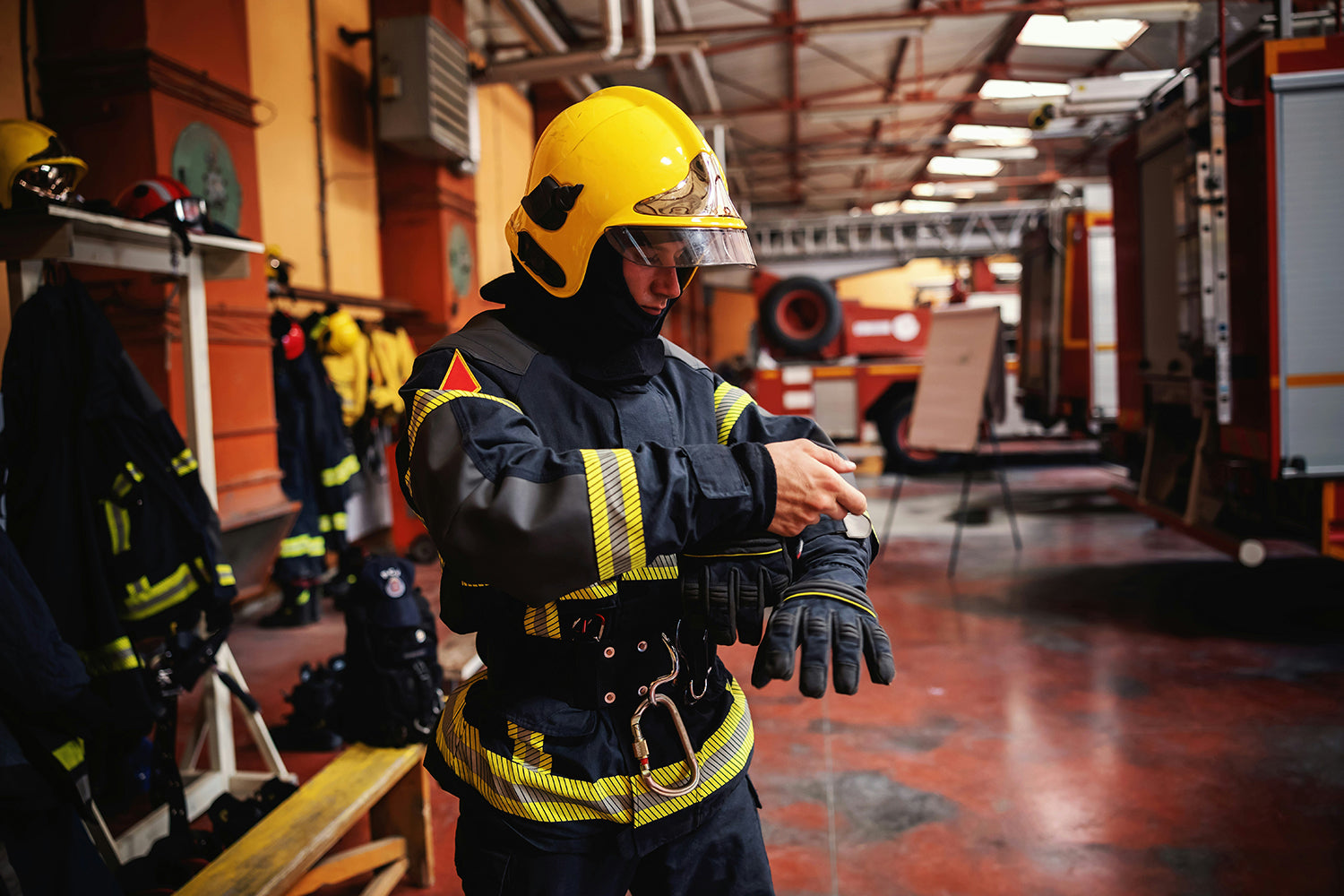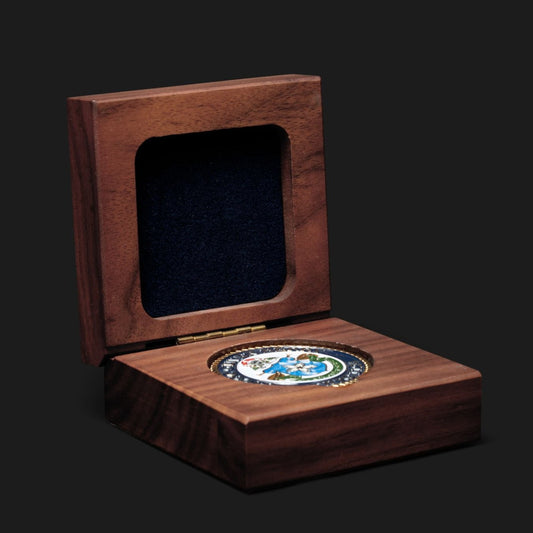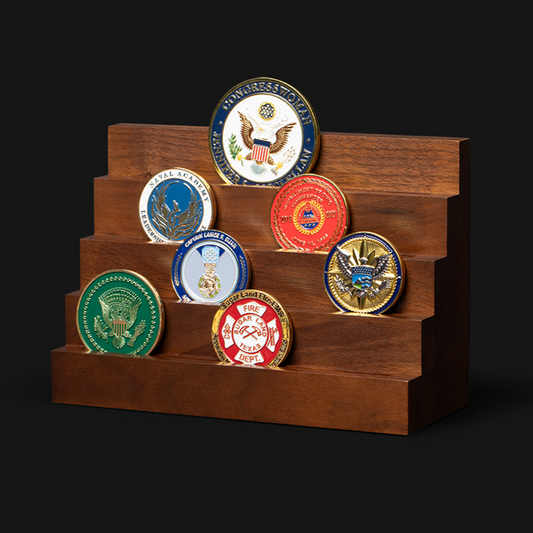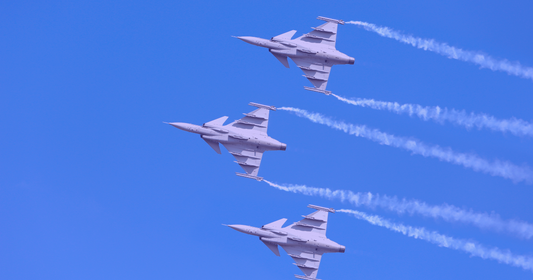
Guide to Military Ceremonies: Types and Traditions Explained
Renita WingfieldMilitary ceremonies play a vital role in the life of service members, providing a structured way to honor traditions, recognize achievements, and foster a sense of unity and pride. These ceremonies are steeped in history and custom, offering a glimpse into the values and ethos of the military. This comprehensive guide will explore the different types of military ceremonies, the traditions associated with them, and their significance within the armed forces.
The Importance of Military Ceremonies
Military ceremonies serve several essential functions, both for service members and the wider community. They are an integral part of military culture, reinforcing the values and principles that guide service members throughout their careers.
Celebrating Achievements
Military ceremonies are often held to recognize and celebrate the achievements of individuals and units. They provide a formal setting to acknowledge accomplishments, from promotions and retirements to the awarding of medals and honors.
Honoring Traditions
Ceremonies help preserve the rich traditions and history of the military. They serve as a reminder of the sacrifices made by those who came before and the values that continue to guide the armed forces today.
Fostering Unity and Morale
By bringing service members together in a shared experience, military ceremonies foster a sense of unity and camaraderie. They boost morale by reinforcing the pride and honor associated with military service.
What Are the Four Types of Military Ceremonies?
While there are numerous types of military ceremonies, they can generally be categorized into four main types: award ceremonies, promotion ceremonies, retirement ceremonies, and memorial ceremonies. Each type serves a specific purpose and follows unique traditions and protocols.
1. Award Ceremonies
Award ceremonies are held to recognize the achievements and contributions of service members. They highlight acts of valor, exemplary service, and significant accomplishments within the military. These ceremonies are a testament to the dedication, bravery, and hard work of service members who go above and beyond in their duties.
Purpose and Significance
The primary purpose of an award ceremony is to formally acknowledge the efforts and achievements of service members. These ceremonies provide a platform for recognizing individuals and units who have demonstrated exceptional performance and commitment to their roles. Awards and medals serve as tangible symbols of recognition, honoring the recipient's contributions to the military and reinforcing the values of excellence and honor.
Common Awards
Awards presented during these ceremonies may include medals of valor, commendations for distinguished service, and unit citations. Each award carries its own significance and is accompanied by a formal presentation and citation that outlines the recipient's accomplishments. Common military awards include the Bronze Star, Silver Star, Purple Heart, and various campaign and service medals. Each of these awards is presented with specific criteria and is designed to recognize different levels of achievement and service.
Traditions and Protocols
Award ceremonies often begin with the presentation of colors and the playing of the national anthem, setting a formal and respectful tone for the event. This is followed by the reading of citations that detail the achievements and contributions of each honoree. The presentation of awards is typically conducted by senior officers or dignitaries, who may offer personal congratulations and remarks. The ceremony may also include speeches by commanding officers, highlighting the achievements of the honorees and the significance of their contributions to the military's mission and values.
2. Promotion Ceremonies
Promotion ceremonies mark the advancement of service members to higher ranks within the military. They are significant milestones in a service member's career, symbolizing increased responsibility and leadership. Promotion ceremonies celebrate the service member’s growth and potential within the military hierarchy, acknowledging their readiness to take on greater challenges.
Purpose and Significance
The primary purpose of a promotion ceremony is to recognize the service member's dedication, hard work, and readiness for increased responsibilities. It serves as an acknowledgment of their professional development and potential for leadership within the military. Promotions are not only a recognition of past achievements but also a vote of confidence in the service member's ability to excel in their new role.
Key Traditions
Promotion ceremonies typically include the reading of the promotion order, which outlines the service member's new rank and responsibilities. This formal announcement signifies the official change in status and is a key moment in the ceremony. The ceremony may also involve the pinning of new rank insignia, a tradition often performed by a family member, mentor, or fellow service member. This act symbolizes the support and pride shared by those close to the honoree.
Celebratory Elements
In addition to the formal proceedings, promotion ceremonies often include speeches, applause, and congratulations from peers and superiors. These elements add a personal and celebratory aspect to the event, recognizing the service member's achievements and encouraging their continued success. A reception or gathering may follow the ceremony, allowing attendees to celebrate the service member's accomplishment and offer personal congratulations.
3. Retirement Ceremonies

Retirement ceremonies honor service members as they transition from active duty to civilian life. They provide an opportunity to reflect on a service member's career and express gratitude for their dedication and sacrifices. These ceremonies are a celebration of the retiree’s service and contributions, marking the conclusion of their military career and the beginning of a new chapter.
Purpose and Significance
The primary purpose of a retirement ceremony is to recognize the retiree's contributions and achievements throughout their military career. It is a celebration of their service, honoring the dedication and sacrifices they have made in defense of their country. Retirement ceremonies provide an opportunity for colleagues, family, and friends to express their gratitude and admiration for the retiree’s service and to celebrate their transition to civilian life.
Ceremony Structure
Retirement ceremonies typically include the reading of the service member's career highlights, detailing their assignments, achievements, and contributions. The presentation of a retirement certificate and flag is a significant part of the ceremony, symbolizing the retiree's service and dedication. The ceremony often features speeches by colleagues and family members, who share personal reflections and express their gratitude for the retiree's service.
Traditions and Honors
Traditions associated with retirement ceremonies may include the playing of military music, the presentation of awards or plaques, and the display of flags. These elements highlight the retiree's service and the respect and admiration they have earned. The ceremony may also include a final salute or a symbolic gesture of farewell, emphasizing the retiree's transition from active duty to civilian life.
4. Memorial Ceremonies
Memorial ceremonies are held to honor and remember service members who have made the ultimate sacrifice in service to their country. They provide a solemn occasion for reflection and tribute, offering a chance to pay respects to those who have given their lives in defense of freedom.
Purpose and Significance
The primary purpose of a memorial ceremony is to pay tribute to fallen service members and honor their sacrifice. These ceremonies serve as a reminder of the cost of freedom and the bravery of those who have given their lives in service to their country. Memorial ceremonies are an opportunity for the military and the community to come together in remembrance and gratitude.
Ceremony Elements
Memorial ceremonies often include the laying of wreaths, the playing of Taps, and the reading of names or roll call of the fallen. These elements convey the solemnity and reverence of the occasion, honoring the memory of those who have made the ultimate sacrifice. The ceremony may also feature speeches by military leaders and dignitaries, offering reflections on the service and sacrifice of the honorees.
Traditions and Symbolism
Traditions associated with memorial ceremonies may include a moment of silence, the lowering of flags, and the display of symbolic items such as boots, rifles, or helmets. These elements serve as poignant reminders of the sacrifices made by service members and the enduring impact of their service. Memorial ceremonies are a powerful testament to the values of honor, duty, and sacrifice that define military service.
Other Notable Military Ceremonies
In addition to the four main types of military ceremonies, there are several other notable ceremonies that play an important role in military culture and tradition.
Change of Command Ceremonies

Change of command ceremonies mark the transfer of leadership from one commanding officer to another. They are significant events that emphasize continuity and stability within military units.
- Purpose and Significance: The primary purpose of a change of command ceremony is to formally transfer authority and responsibility from the outgoing commander to the incoming commander. It highlights the importance of leadership and the trust placed in military commanders.
- Ceremony Structure: The ceremony typically includes the reading of orders, the passing of the unit's colors, and speeches by both the outgoing and incoming commanders. The ceremony may also feature a review of troops, symbolizing the new commander's authority.
Commissioning Ceremonies
Commissioning ceremonies mark the appointment of new officers into the military. They are significant milestones for individuals entering military leadership roles.
- Purpose and Significance: The primary purpose of a commissioning ceremony is to formally commission individuals as officers, entrusting them with leadership responsibilities within the military. It is a celebration of their accomplishments and potential.
- Ceremony Elements: Commissioning ceremonies typically include the administration of the oath of office, the presentation of officer insignia, and speeches by commanding officers and mentors. The ceremony may also feature a review of troops and the presentation of awards or honors.
Graduation Ceremonies
Graduation ceremonies are held to celebrate the completion of military training programs or courses. They mark the transition from training to active duty responsibilities.
- Purpose and Significance: The primary purpose of a graduation ceremony is to recognize the achievements of individuals who have successfully completed their training. It is a celebration of their readiness to assume military roles and responsibilities.
- Ceremony Structure: Graduation ceremonies typically include the presentation of diplomas or certificates, speeches by instructors and graduates, and the recitation of oaths or creeds. The ceremony may also feature a parade or review of troops, showcasing the graduates' skills and discipline.
Military ceremonies are an integral part of military life, providing a structured way to honor achievements, preserve traditions, and foster unity among service members. From award and promotion ceremonies to retirement and memorial ceremonies, each type serves a unique purpose and follows specific protocols and traditions. Understanding the significance of these ceremonies and the values they represent helps to appreciate the rich culture and history of the military.
Key Takeaways
- Military ceremonies are vital for honoring achievements, preserving traditions, and fostering unity among service members.
- The four main types of military ceremonies are award, promotion, retirement, and memorial ceremonies.
- Award ceremonies recognize achievements, while promotion ceremonies mark advancements in rank.
- Retirement ceremonies honor service members' contributions, and memorial ceremonies pay tribute to the fallen.
- Other notable ceremonies include change of command, commissioning, and graduation ceremonies.

Discover the Honor Behind Every Coin
At Command Challenge Coins, we're not just creating tokens; we're forging symbols of achievement, unity, and recognition. Our commitment to excellence is mirrored in every meticulously crafted coin, embodying the values and stories of those who carry them. From the rich history embedded in military traditions to the contemporary applications across various sectors, challenge coins represent more than just metal—they symbolize a legacy of honor and camaraderie.
Have a design in mind or need guidance on creating your unique challenge coin? Get a free quote today to consult with our specialists.
